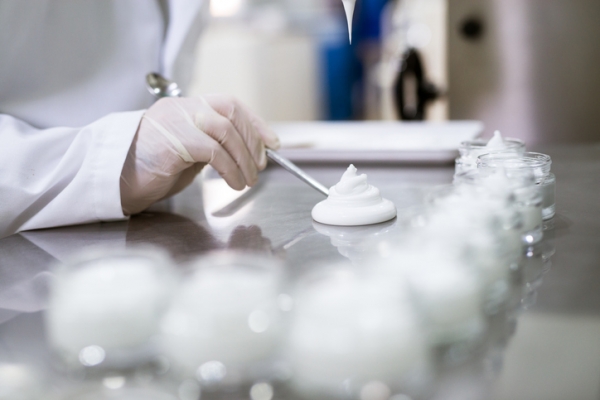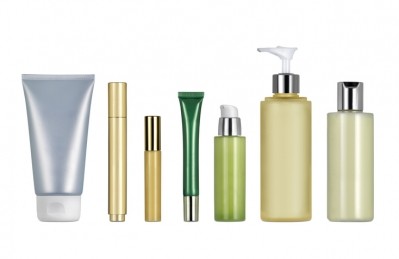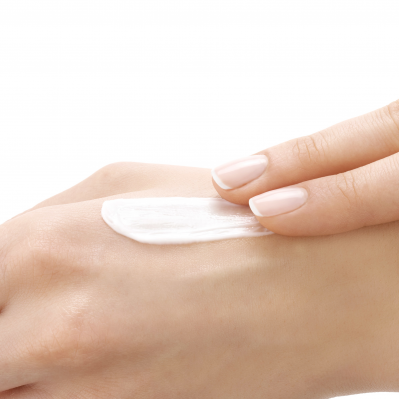L’Oréal funds reviews to debunk safety concerns on 'often misrepresented yet fundamental' cosmetic substances
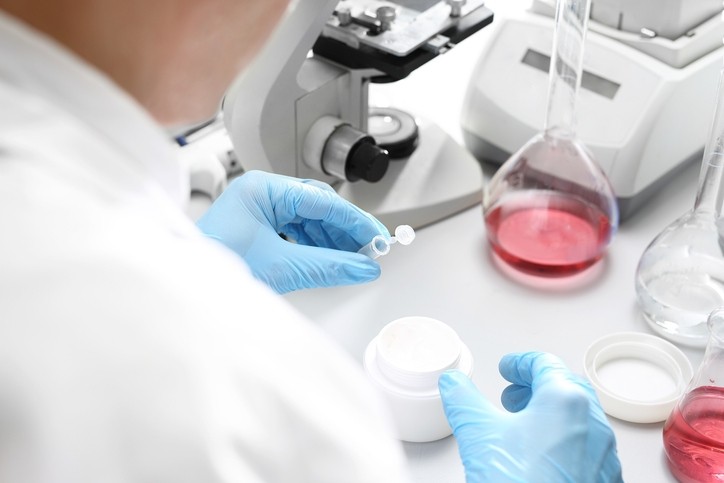
Published in a special issue of Journal of The European Academy of Dermatology (JEADV), four review articles analysed the safety of mineral oils, phenoxyethanol, octocrylene and titanium dioxide nanoparticles used in cosmetic formulations.
‘Important information for discussions’
In the opening editorial of the special issue, Prof. Dr. Johannes Ring, editor-in-chief of the journal and director of Dermatology and Allergy Biederstein at Munich’s Technical University, described the four reviewed substances as “often misrepresented yet fundamental”.
The substances were typically questioned by the media and general public, Ring said, and dermatologists, pharmaceutical chemists and pharmacists had to familiarise themselves the “actual safety data of these substances” – available in published literature and from industry and health regulatory authorities.
“…This issue provides all the important information for discussions with our patients and other healthcare professionals, as well as with regulators and the general public,” he wrote.
Each review had been conducted by independent researchers and researchers also on Cosmétique Active International’s Scientific Advisory Board. Bertrand Chuberre, L’Oréal Active’s global medical and communications director, also worked on two of the reviews. Medical writing was funded by L’Oréal but authors declared no conflict of interest relevant to the content of the manuscripts.
Mineral oils and waxes ‘of no toxicological concern’
L’Oréal’s Bertrand Chuberre and a team from the University of St. Petersburg, University of Bonn and Sorbonne University – two of which were also members of Cosmétique Active International’s Scientific Advisory Board – considered current European regulations and the safety profile of mineral oils and waxes in cosmetics (1).
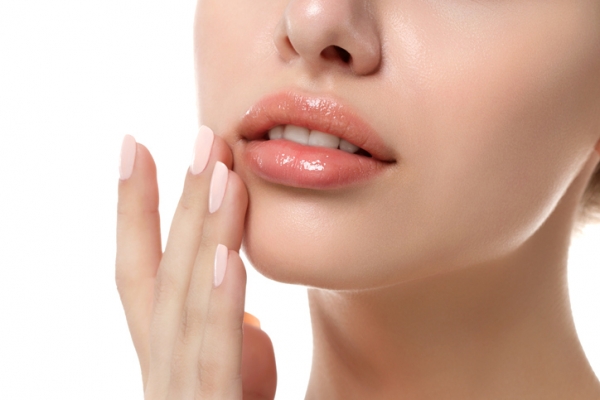
Mineral oils and waxes, they said, had been used “for many decades” in skin and lip care cosmetics, due to their excellent skin tolerance and protection, cleansing and broad viscosity attributes.
These ingredients had a “long history of safe use”, they wrote, and were permitted in European cosmetics if compliant with purity specifications on polycyclic aromatic hydrocarbons and safety requirements under the European pharmacopoeia and EU cosmetics regulation EC/1223/2009.
The researchers said because of “highly lipophilic properties”, mineral oils did not penetrate human skin and were therefore “not systemically bioavailable in the body”. Moreover, there had been “no significant changes” to skin or effects on internal organs reported and attributed to topical applications.
Regarding potential oral exposure through lip care products, the researchers said the European trade body Cosmetics Europe had “advised cosmetic manufacturers to only use mineral oil fractions for which recognised food acceptable daily intake (ADI) values apply”.
They concluded: “The estimated dose of mineral oils ingested via lip care products contributes to less than 10% of the ADI value and should therefore be considered of no toxicological concern”.
Phenoxyethanol ‘one of the most well-tolerated’ preservatives
Researchers from the University of Nantes, University hospital of Berlin (Universitätsmedizin Berlin), University of Milan and Brazil’s Federal University of Minas Gerais – two also members of Cosmétique Active International’s Scientific Advisory Board – conducted a safety review of phenoxyethanol as a preservative in cosmetics (2).
The substance, they said, was known for its “large spectrum of antimicrobial activity” and had been “widely used” as a cosmetic preservative for decades.
Effective against various Gram-negative, Gram-positive bacteria and yeasts, they said it had a “weak inhibitory effect” on resident skin flora. The European Scientific Committee on Consumer Safety also considered it safe for all consumers, including children of all ages, when used at a maximum concentration of 1%.
“Adverse systemic effects have been observed in toxicological studies on animals but only when the levels of exposure were many magnitudes higher (around 200-fold higher) than those to which consumers are exposed when using phenoxyethanol-containing cosmetic products,” they wrote.
Out of all preservatives used in cosmetic products, they concluded it was “one of the most well-tolerated” options.
Octocrylene as UV filter is a ‘rare sensitizer’
A team of researchers from the University of Miami, University hospital of Berlin (Universitätsmedizin Berlin), Madrid’s Institute of Dermatology and the University of Milan – two also members of Cosmétique Active International’s Scientific Advisory Board – reviewed the safety of octocrylene as an ultraviolet (UV) filter in cosmetics (3.)
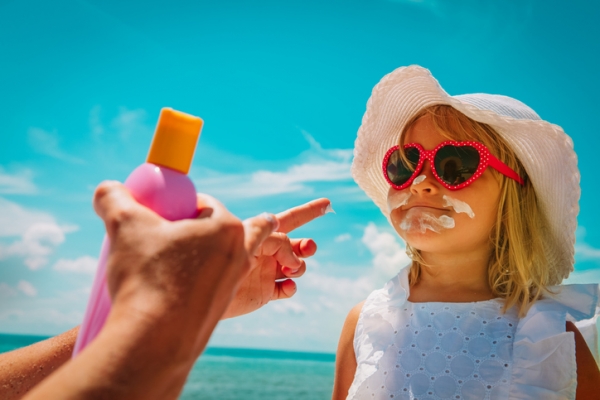
The organic UV filter, they said, worked by absorbing mainly UVB radiation and short UVA wavelengths and was used either to provide an appropriate sun protection factor in sunscreen products or to protect cosmetic formulations from UV radiation. It also worked synergistically with other filters, allowing a “beneficial broad photoprotection”, they said.
The UV filters were clearly beneficial, protecting users from skin cancer, but the researchers said octocrylene had been “recently incriminated” as potentially inducing adverse effects on the endocrine system, in addition to having allergic and/or photoallergic potential.
However, available data from the European Chemical Agency (ECHA), along with scientific, peer-reviewed articles, showed octocrylene did “not have any endocrine disruption potential”. Allergic reactions were also uncommon, they said. “It is a rare sensitizer, photocontact allergy is more frequent and it is considered consecutive to photosensitization to ketoprofen.”
Based on these results, the researchers concluded octocrylene could be considered safe when used as a UV filter in cosmetic products at a concentration up to 10%.
Titanium dioxide nanoparticles a ‘non-sensitizer’
L’Oréal’s Bertrand Chuberre and a team of researchers from the University of Nantes, New York’s Icahn School of Medicine and the University of Milan – two also members of Cosmétique Active International’s Scientific Advisory Board – investigated the safety of titanium dioxide nanoparticles in cosmetics (4.)
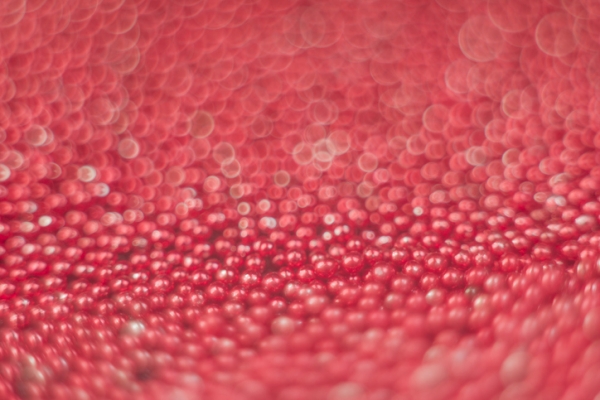
Titanium dioxide in its nanoparticle form was used as an ultraviolet (UV) filter in sunscreens but also some day creams, foundations and lip balms, they wrote, and while efficacy had been proven, “some concerns” had been raised about safety.
“Indeed, considering its small size, nano-TiO2 is suspected to penetrate dermal, respiratory or gastrointestinal barriers, disseminate in the body and therefore constitute a potential risk to the consumer,” they wrote.
However, at skin level they said most animal and human studies showed it did not penetrate beyond outer layers of stratum corneum in healthy and compromised skin. The Scientific Committee on Consumer Safety (SCCS), supported by the European Chemicals Agency, considered the substance a “non-sensitizer” with “no evidence of carcinogenicity, mutagenicity or reproductive toxicity after dermal exposure”.
At a concentration of up to 25% on skin, The SCCS said use presented no health risk, although the committee did not recommend use in formulations that could be inhaled – echoed in the EU Cosmetic Regulation authorising the UV filter, except in products that could lead to exposure of the lungs. This was because of lung inflammation reported in animals, they wrote, although human data remained sparse and inconsistent.
Incidental oral exposure through the likes contained in lip balms, they concluded, was “not expected to induce adverse health effects”.
CITATIONS:
(1.) Journal of The European Academy of Dermatology. Published online, ahead of print: doi 10.1111/jdv.159Mineral oils and waxes in cosmetics: an overview mainly based on the current European regulations and the safety profile of these compounds"
B. Chuberre et al.
(2.) Journal of The European Academy of Dermatology. Published online, ahead of print: doi 10.1111/jdv.15944
"Safety review of phenoxyethanol when used as a preservative in cosmetics"
B. Dréno et al.
(3.) Journal of The European Academy of Dermatology. Published online, ahead of print: doi 10.1111/jdv.15945
"Review of the safety of octocrylene used as an ultraviolet filter in cosmetics"
E. Berardesca et al.
(4.) Journal of The European Academy of Dermatology. Published online, ahead of print: doi 10.1111/jdv.15943
"Safety of titanium dioxide nanoparticles in cosmetics"
B. Dréno et al.
